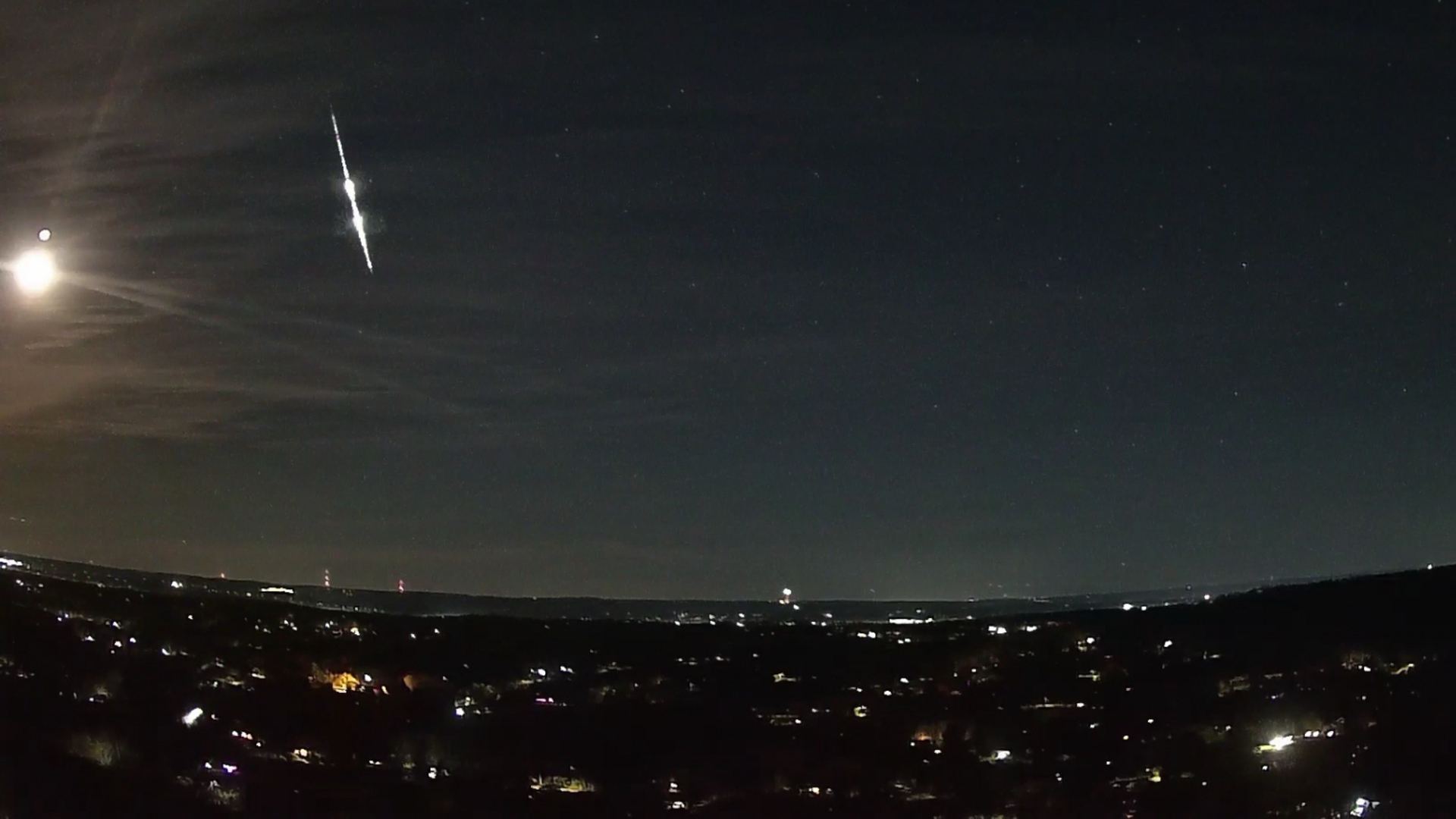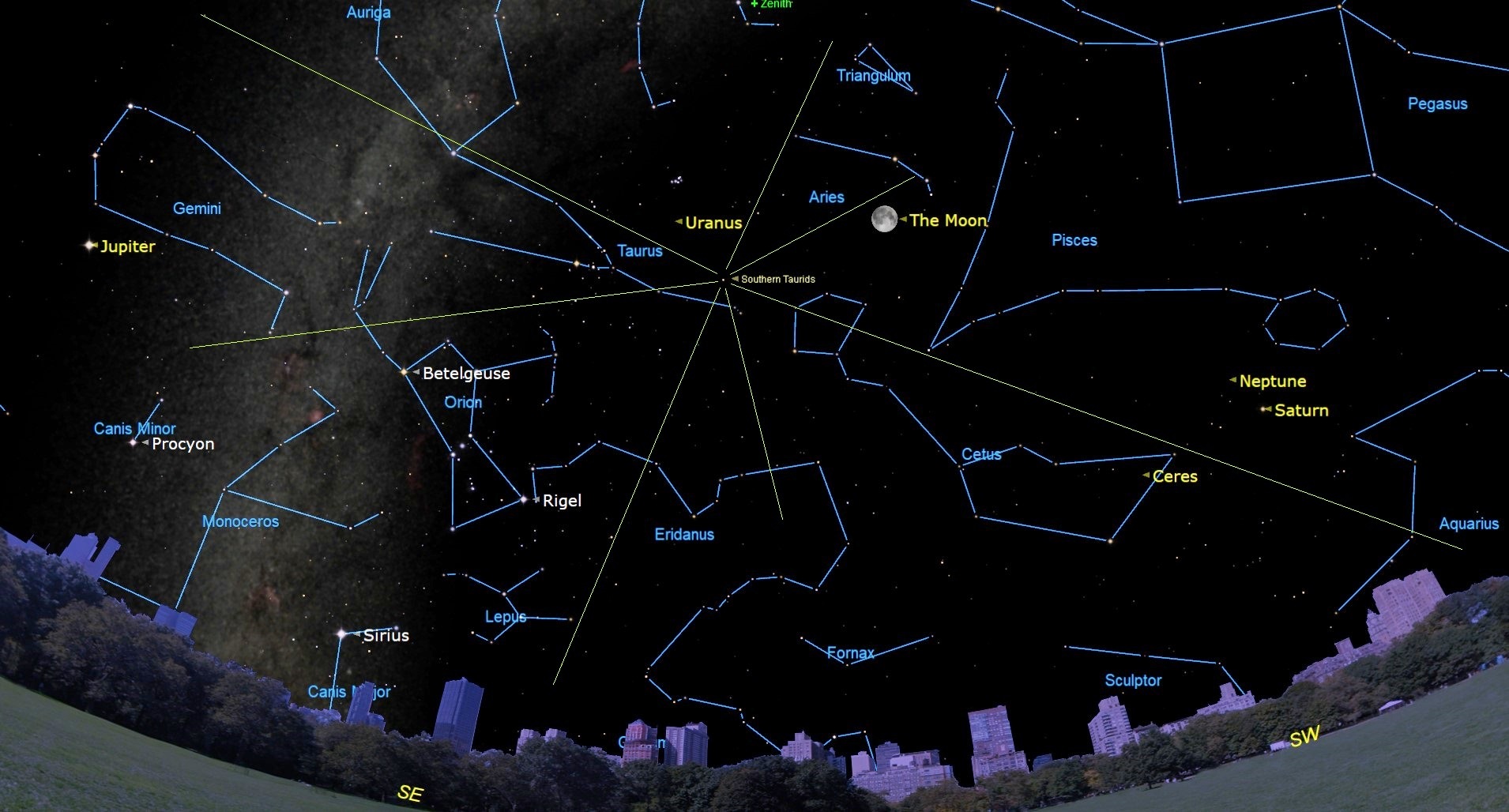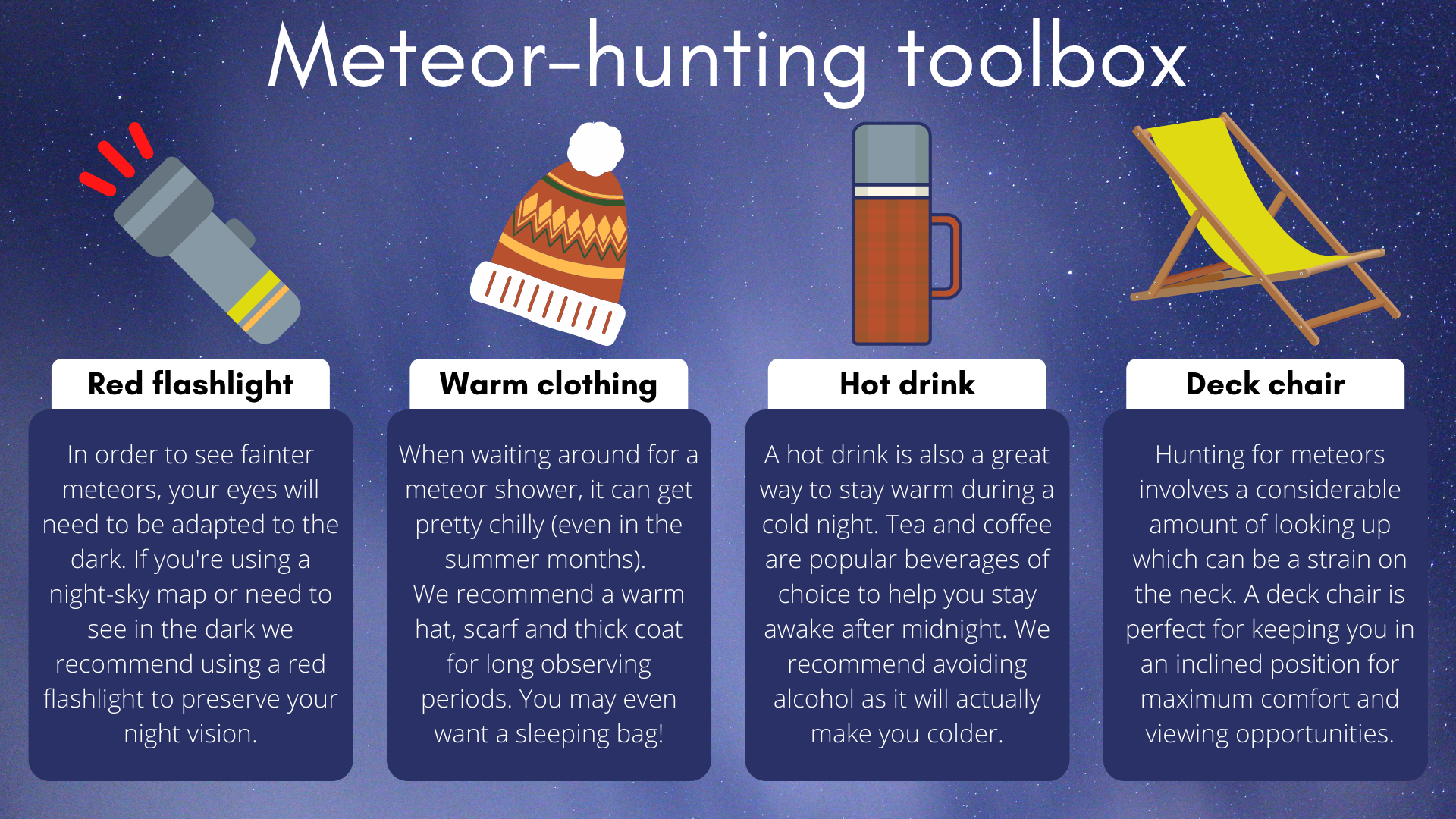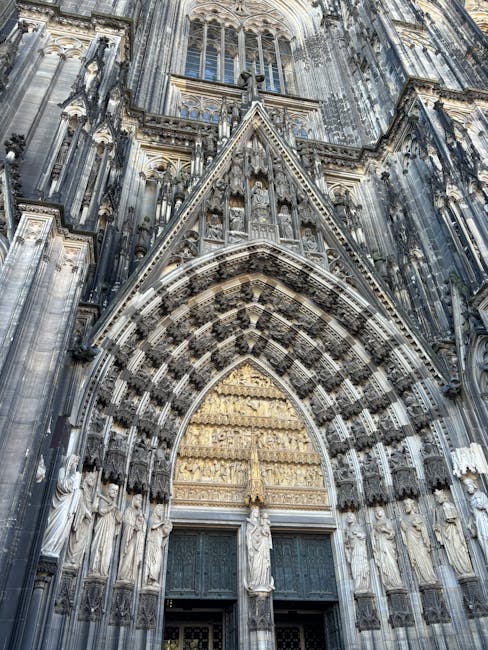
(Image credit: ©Mark K, via the American Meteor Society.)
Heads up stargazers! The Southern Taurid meteor shower peaks overnight on Nov. 4-5, when a flurry of bright meteors could potentially be seen streaking through Earth’s sky as our planet passes through the outer edge of a debris swarm shed by the wandering comet 2P/Encke.
Shooting stars are seen when shards of ancient comets collide with Earth’s atmosphere at tens of thousands of miles per hour, which swiftly burn up in a magnificent display as they’re overwhelmed by the friction created by collisions with air molecules in the atmosphere. The Southern Taurids are known for producing spectacular fireballs, as particularly large pieces of interplanetary debris can slam into our planet that can produce meteors that can momentarily turn night to day as they flare to life in the night sky.
Swarm years are thought to occur as Earth passes through a region of Encke’s debris trail containing a mass of particularly large commentary fragments. “We encounter these larger meteors about twice a decade at irregular intervals,” American Meteor Society expert Robert Lunsford told Space.com in an email. “Normal Taurid particles are usually the size of pea gravel with a few larger particles mixed in. The swarm particles are only the size of baseballs up to basketballs, but will appear as fireballs from the ground instead of normal meteors.”

A good time to look out for Southern Taurid meteors is in the hours following midnight on the days surrounding the shower’s peak, according to EarthSky.org. Shooting stars associated with the shower will be visible streaking away from a point of origin called a radiant located in the constellation Taurus, which rises above the horizon shortly after sunset and climbs to its highest point in the southern sky in the hours following midnight.

Try to allow 30 minutes for your eyes to fully adjust to the dark – while attempting to avoid staring directly at the moon – and pick out a patch of sky 40 degrees above the constellation Taurus, where the meteor trails will be the longest. Remember, the width of your clenched fist held at arm’s length accounts for roughly 10 degrees in the night sky.
Lunsford notes that Earth is passing through the outer edge of the swarm during the 2025 Southern Taurid peak, which will likely provide a less spectacular show compared to the previous swarm event in 2022. “So far though, fireball activity in October has been higher than normal, indicating that we may have underestimated the strength of this year’s display,” continued Lunsford. “Too bad a full moon occurs during the prime portion of this display. “
The next Southern Taurid swarm isn’t due to occur until 2032, so be sure to look up on Nov. 4-5 for a chance to catch a spectacular natural light show. Astronomers interested in capturing a fireball as it streaks through the night sky should read our guide to imaging shooting stars, along with our roundups of the best cameras and lenses for astrophotography.
Editor’s Note: If you would capture a photo of a Taurid meteor and want to share it with Space.com’s readers, then please send your image(s), comments, name and location to spacephotos@space.com.
Join our Space Forums to keep talking space on the latest missions, night sky and more! And if you have a news tip, correction or comment, let us know at: community@space.com.



